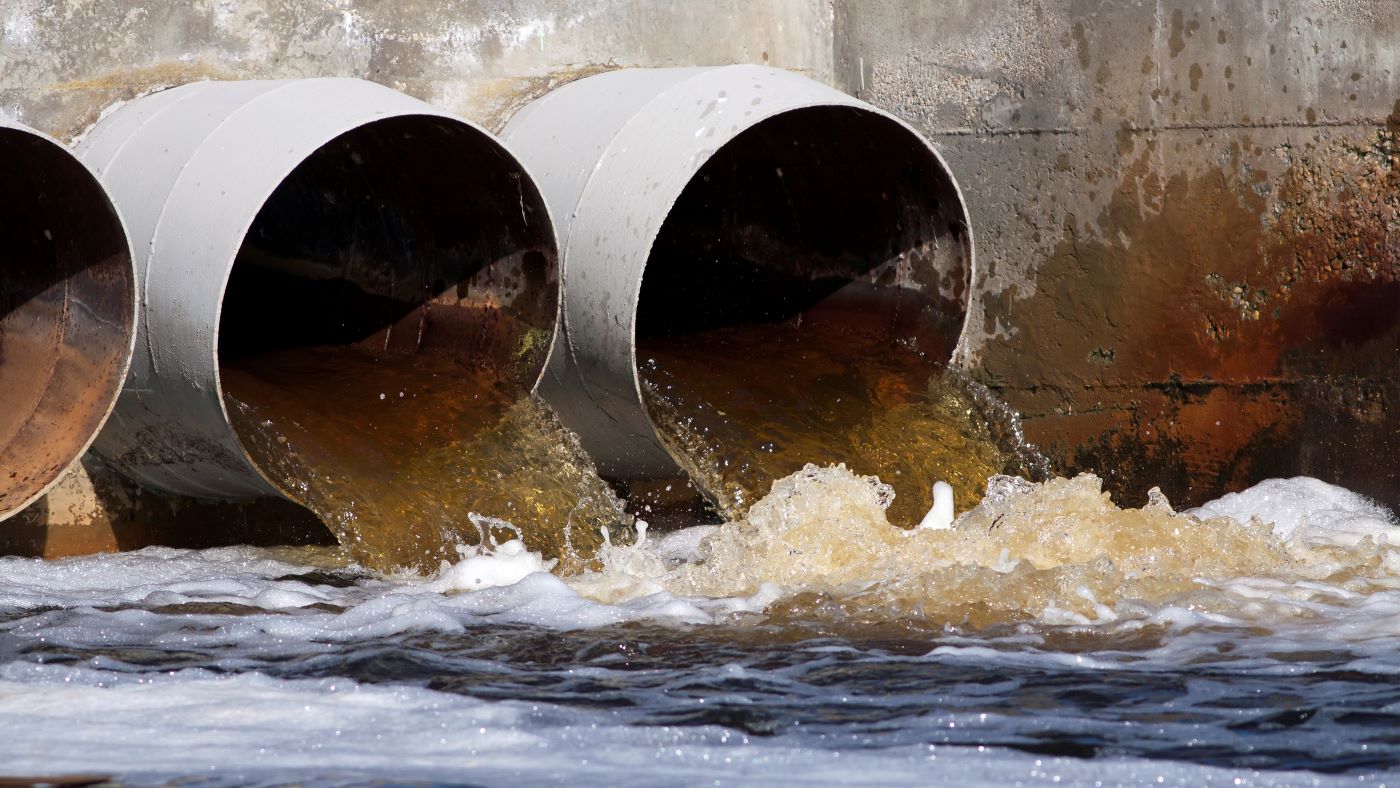The Significance of Chemical Processes in Waste Water Treatment
The Significance of Chemical Processes in Waste Water Treatment
Blog Article
Strategic Approaches to Boost Waste Water Treatment Efficiency and Lessen Environmental Influence
In the world of waste water treatment, the pursuit for boosted efficiency and minimized environmental impact is a perpetual challenge that demands strategic remedies. The integration of innovative therapy technologies, energy-efficient processes, resource healing techniques, enhanced nutrient elimination strategies, and smart monitoring and control systems stands for a diverse framework for addressing these pressing concerns.
Advanced Therapy Technologies
Advanced membrane layer purification systems have reinvented sophisticated wastewater treatment procedures, substantially enhancing the removal of impurities. This modern technology has shown to be extremely reliable in eliminating a wide range of contaminants, including drugs, heavy steels, and natural substances, which are typically testing to get rid of with standard treatment techniques.
In addition, membrane layer purification systems use numerous benefits over conventional treatment methods. Additionally, these systems are extremely versatile and can be conveniently integrated right into existing treatment plants or used as standalone units for decentralized applications.
Energy-Efficient Procedures
The assimilation of energy-efficient procedures in wastewater therapy systems is vital for optimizing resource usage and decreasing functional expenses. One crucial strategy to boosting power effectiveness in wastewater therapy is the application of innovative oygenation systems, such as great bubble diffusers or surface aerators, which can enhance oxygen transfer performance and lower power intake.
Furthermore, optimizing process control and automation with the use of sophisticated sensing units and monitoring systems can improve general energy efficiency by adjusting operations in real-time based on actual demand and problems. Implementing power audits and routinely keeping an eye on power efficiency signs are necessary methods to identify areas for improvement and track energy-saving campaigns efficiently. Overall, the adoption of energy-efficient procedures in wastewater therapy not only benefits the environment yet additionally adds to long-lasting cost financial savings and operational sustainability.
Resource Recuperation Approaches
With an emphasis on enhancing resource application and sustainability in wastewater therapy systems, the application of source recuperation methods emerges as a pivotal facet in improving operational performance. Resource recuperation methods in wastewater treatment entail the recognition and extraction of valuable sources from the waste stream, thus transforming what was as soon as thought about waste into a beneficial possession. By implementing source healing methods such as nutrient elimination and healing, power generation from raw material, and the manufacturing of reusable water, wastewater therapy plants can reduce ecological impact while taking full advantage of efficiency.

Boosted Nutrient Elimination Strategies
Carrying out sophisticated nutrient removal strategies is important for enhancing the performance of wastewater therapy systems. Improved nutrient removal plays an important role in minimizing the ecological effect of treated effluent released right into water bodies. One of the key strategies utilized for enhanced nutrient removal is the process of organic nutrient removal (BNR), which entails the removal of nitrogen and phosphorus via organic procedures. This can be accomplished via making use of specialized microbes that can transform nitrogen substances into inert nitrogen gas via denitrification, and build up phosphorus within their cells via a process called improved biological phosphorus removal (EBPR)

In addition to BNR, advanced therapy techniques such as membrane layer bioreactors (MBRs) and constructed wetlands can likewise be used to improve nutrient elimination performance. MBRs utilize membranes to accomplish premium effluent standards by efficiently eliminating nutrients and put on hold solids. Created wetlands simulate all-natural wetland procedures to remove nutrients via plant uptake, microbial task, and sedimentation. see this By integrating these sophisticated nutrient elimination techniques right into wastewater therapy systems, municipalities and industries can properly reduce nutrient pollution and safeguard the atmosphere.
Smart Monitoring and Control Systems
Utilizing cutting-edge modern technology, the combination of smart monitoring and control systems transforms the functional effectiveness of wastewater treatment centers. These systems incorporate innovative sensors and information analytics to constantly monitor vital specifications such as pH levels, turbidity, liquified oxygen, and flow prices in real-time. By gathering and analyzing this information, operators can get useful insights right into the efficiency of the treatment procedures, allowing proactive changes to optimize therapy efficiency.
Smart tracking and control systems also support remote monitoring abilities, allowing operators to accessibility real-time data and control features from off-site locations. This remote access improves functional flexibility and responsiveness, allowing speedy interventions in instance of system breakdowns or fluctuations in influent top quality. In addition, the anticipating upkeep capabilities of these systems help stop equipment failures and reduce downtime, ultimately enhancing the total integrity of wastewater therapy procedures (Waste Water Treatment).
Verdict
Finally, tactical methods such as sophisticated therapy modern technologies, energy-efficient processes, resource recovery approaches, improved nutrient elimination strategies, and clever monitoring and control systems play an important duty in enhancing wastewater treatment effectiveness and decreasing ecological impact. By implementing these strategies, wastewater treatment plants can improve their overall performance, lower power intake, recuperate useful sources, and make sure conformity with ecological guidelines. These techniques are crucial for effective and sustainable wastewater administration methods.

In final thought, strategic techniques such as advanced treatment modern technologies, energy-efficient processes, resource healing techniques, boosted nutrient removal methods, and wise surveillance and control systems play a critical duty in enhancing wastewater therapy performance and minimizing environmental impact.
Report this page